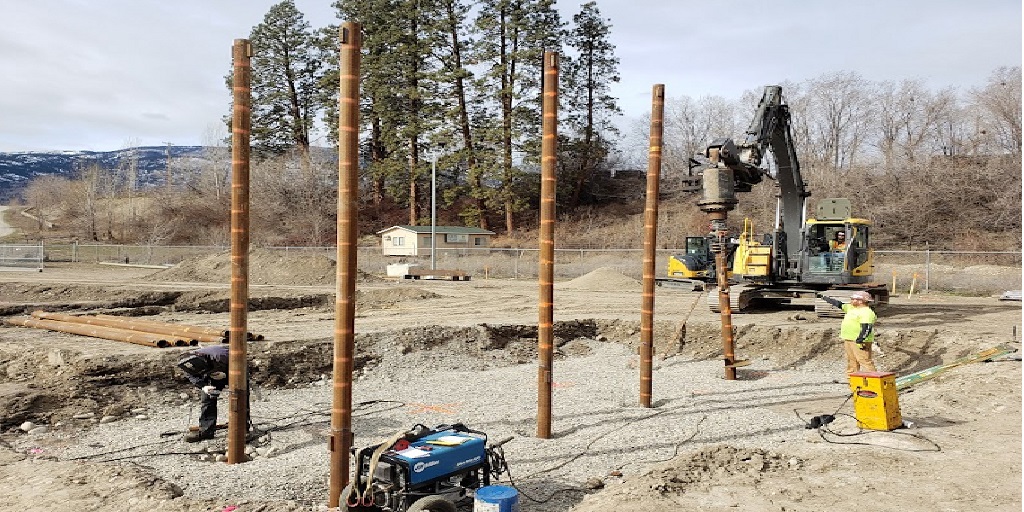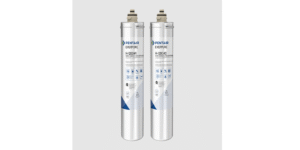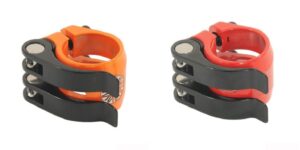
Helical piles have become a preferred foundation solution for various applications due to their strength, efficiency, and versatility. Whether used for residential, commercial, or industrial projects, understanding the load and logistical requirements is essential to ensure optimal performance.
Understanding Load Capacity for Helical Piles
Load capacity is one of the most important considerations when selecting helical piles for a project. The capacity of a helical pile is determined by factors such as soil conditions, pile design, and torque during installation. There are three primary types of loads that helical piles must support:
- Axial Compression Load. This is the downward force applied to the pile, typically from the weight of the structure being supported. Helical piles distribute these forces into the soil through their helical plates, ensuring stability.
- Axial Tension Load. In applications such as retaining walls or tiebacks, helical piles resist upward forces. Tension loads require piles with sufficient embedment depth and adequate plate diameter to prevent uplift.
- Lateral Load. Some applications expose helical piles to horizontal forces caused by wind, seismic activity, or lateral soil pressure. Proper spacing and orientation of piles help mitigate these forces and maintain structural integrity.
When designing a helical pile system, engineers must calculate these loads and choose piles with the appropriate size, length, and helix configuration to handle the expected demands. Ensuring that BC helical piles meet load requirements helps prevent settlement, structural failure, and costly repairs.
Logistical Considerations for Helical Pile Installation
Logistical efficiency plays a vital role in the success of a helical pile installation. From equipment selection to site access, several factors need to be addressed before installation can proceed.
1. Equipment and Torque Capacity
The type of installation equipment used directly impacts the success of a helical pile project. Hydraulic drive motors that provide adequate torque capacity are essential to install piles to the desired depth and ensure they meet load requirements. Selecting the right equipment is critical to maintaining accuracy and efficiency during the installation process.
2. Site Accessibility and Terrain
The accessibility of the construction site significantly influences the installation timeline. Sites with tight access or uneven terrain may require specialized equipment or customized piling solutions. BC helical piles are often used in areas where traditional foundation solutions are impractical, making them ideal for remote or confined locations.
3. Project Timeline and Coordination
Coordinating helical pile installation with other construction activities is essential to prevent delays and ensure seamless progress. Proper scheduling minimizes disruptions and allows for efficient resource management, ultimately reducing project costs.
4. Material Delivery and Handling
Timely delivery of helical piles and related materials is crucial to maintaining project momentum. Since helical piles come in various lengths and diameters, careful planning is required to ensure that the right materials are available when needed. Additionally, proper handling of piles during transport and storage prevents damage that could compromise their integrity.
For projects requiring high load capacities or dealing with challenging soil conditions, BC helical piles provide a reliable solution. Their modular design allows for quick adjustments in length and configuration, making them adaptable to a wide range of applications.
Understanding the load capacity and logistical requirements of helical piles is essential for ensuring long-term structural stability. By carefully considering factors such as load types, equipment selection, and site conditions, project managers can optimize the installation process and achieve superior results. For projects requiring reliable foundation solutions, BC helical piles offer the strength and adaptability needed to meet diverse construction demands.


